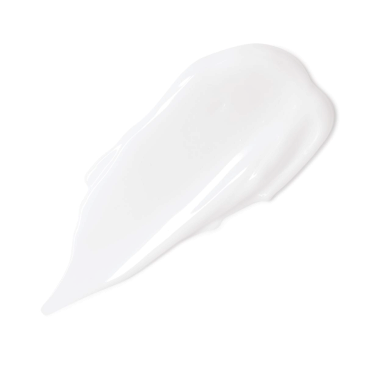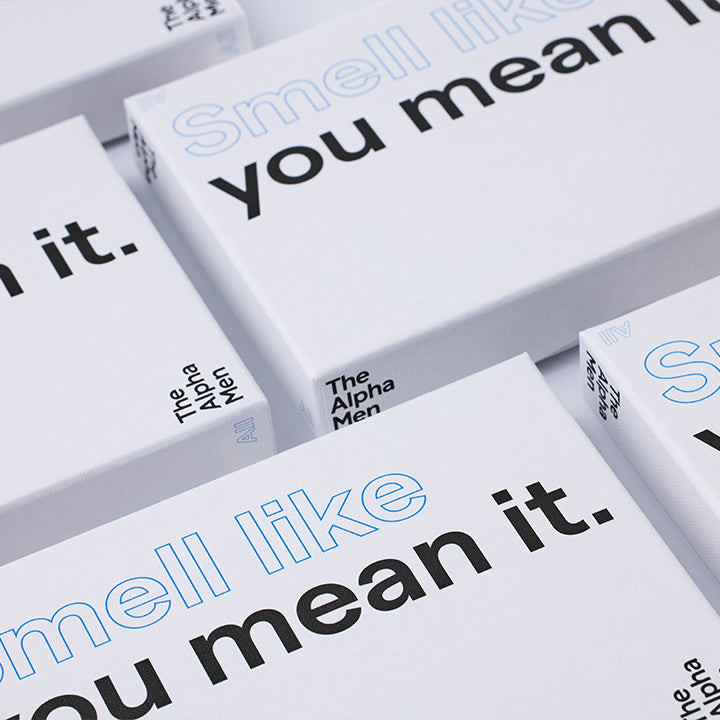Self-Tanner
Self-Tanner is a popular cosmetic product developed to create a tanned complexion without exposure to the sun or the use of tanning beds. It is a safe and effective alternative for achieving a natural-looking, brown skin tone without the harmful effects of UV radiation.
How self-tanners Works
Self-Tanners contain an active ingredient called dihydroxyacetone (DHA). DHA is a colorless sugar that reacts with the amino acids in the top layer of the skin, the stratum corneum. This reaction, called the Maillard reaction, causes the skin to change color, resulting in a natural-looking brown complexion. The result is usually visible within a few hours after application and can last for several days, depending on the product and individual skin.
Types of self-tanners
There are different types of self-tanners available, including lotions, creams, mousses, sprays, and wipes. Each type has its own benefits and is suitable for different skin types and preferences:
-
Lotions and creams: These products are ideal for people with dry skin, as they often contain moisturizing ingredients. They are easy to apply and usually provide even coverage.
-
Mousses: Mousses are lightweight and quick-drying, making them perfect for those who want fast results. They are easy to apply with a tanning mitt (special glove) and ideal for beginners.
-
Sprays: Sprays are convenient for reaching hard-to-reach areas, such as the back. They dry quickly and provide even coverage. Professional spray tans are also available in salons for a professional finish
Tips for Using self-tanners
- Exfoliate your skin before application to remove dead skin cells and promote an even complexion.
- Apply the product evenly, paying extra attention to elbows, knees, and ankles, where the skin is thicker.
- Use a tanning mitt for a streak-free result.
- Wait at least 10 minutes before dressing to prevent stains on your apparel.

























